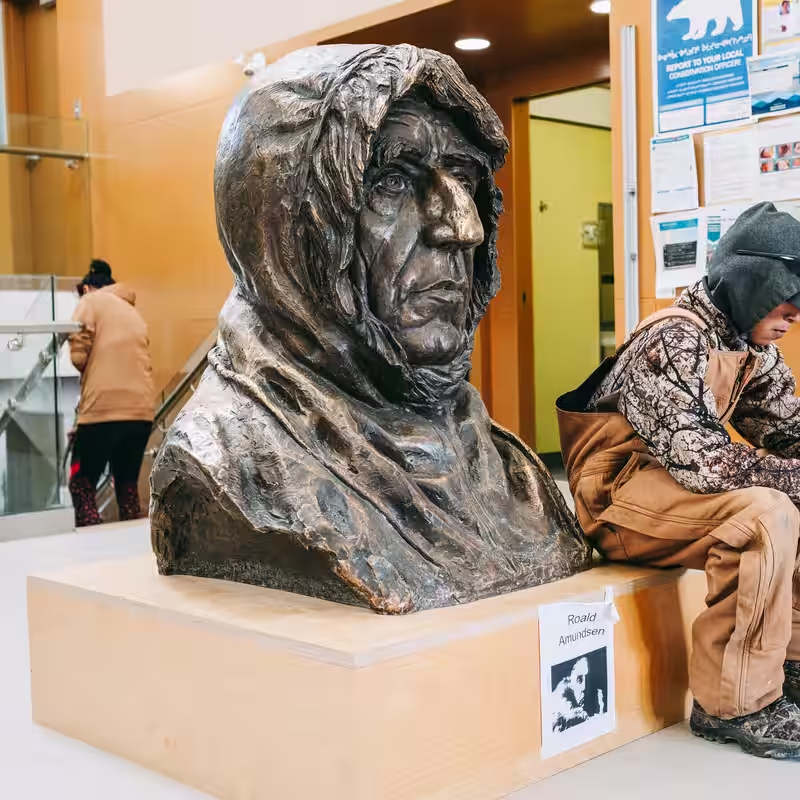Table of Contents
- Amundsen vs. Franklin: Two Expeditions, Two Fates
- How Inuit Knowledge Guided Amundsen
- Enduring Lessons from the Ice
- Sources
Northwest Passage: A Tale of Hubris and Humility
For centuries, the Northwest Passage—a sea route through the Arctic archipelago of Canada—eluded explorers, claiming ships, reputations, and lives. The most infamous failure was Sir John Franklin’s 1845 expedition, which ended in tragedy: all 129 men perished, their ships swallowed by ice and their arrogance by the unforgiving North.
Enter Roald Amundsen, the Norwegian explorer who, in 1903, not only succeeded where Franklin failed but did so with a radically different approach. While Franklin dismissed Indigenous knowledge, Amundsen embraced it—fully, respectfully, and even intimately. He didn’t just observe the Inuit; he lived like them, learned from them, and yes, reportedly shared underwear during harsh winters.
The Inuit Alliance That Made the Northwest Passage Possible
Amundsen’s success wasn’t just about navigation or endurance—it was about cultural humility. Upon arriving in Gjoa Haven (now part of Nunavut, Canada), he spent two winters with the local Inuit community. He adopted their clothing, built igloos, hunted seal, and mastered dog sledding. Most crucially, he listened.
“He didn’t see the Inuit as ‘primitive’—he saw them as experts of their environment,” notes historian Dr. Lena Petersen. “That mindset shift was everything.”
While British explorers wore wool uniforms that froze and rotted, Amundsen wore caribou-hide parkas and sealskin boots—gear refined over millennia by Arctic peoples. His diet shifted from canned meat to fresh seal liver, preventing scurvy. And his navigation? Guided by Inuit oral maps and star knowledge, not just compasses.
Why the Northwest Passage Story Still Matters Today
More than a century later, Amundsen’s journey offers a powerful lesson in cross-cultural collaboration—especially as climate change reopens the Northwest Passage to shipping and geopolitical competition. Modern Arctic policy, scientists argue, must again center Indigenous voices.
“Amundsen proved that survival in the North isn’t about conquering nature—it’s about learning from those who already belong to it,” says Sheila Umingmak, an Inuit knowledge keeper from Cambridge Bay.
Today, as cruise ships and cargo vessels eye the thawing Arctic, the legacy of Amundsen stands as both a triumph of exploration and a quiet rebuke to colonial arrogance. His greatest discovery wasn’t just a sea route—it was the wisdom of listening.




